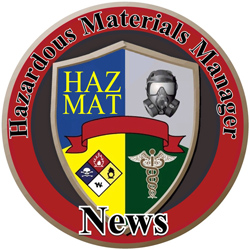Construction workers are at high risk for work-related musculoskeletal disorders (WMSDs). One potential tool to prevent WMSDs is the use of exoskeletons, which are assistive devices that can be suitable for construction and other industrial work (see related NIOSH pages on robotics and the Center for Occupational Robotics Research). Exoskeletons can be categorized as passive or active. Passive exoskeletons support a posture or movement using unpowered mechanisms (e.g., springs, dampers, or counterbalance forces), whereas active exoskeletons involve powered force/torque generating elements (e.g., electric motors, pneumatics, or hydraulics). Presently, passive exoskeletons are typically predominant in the commercial market and in the
…


